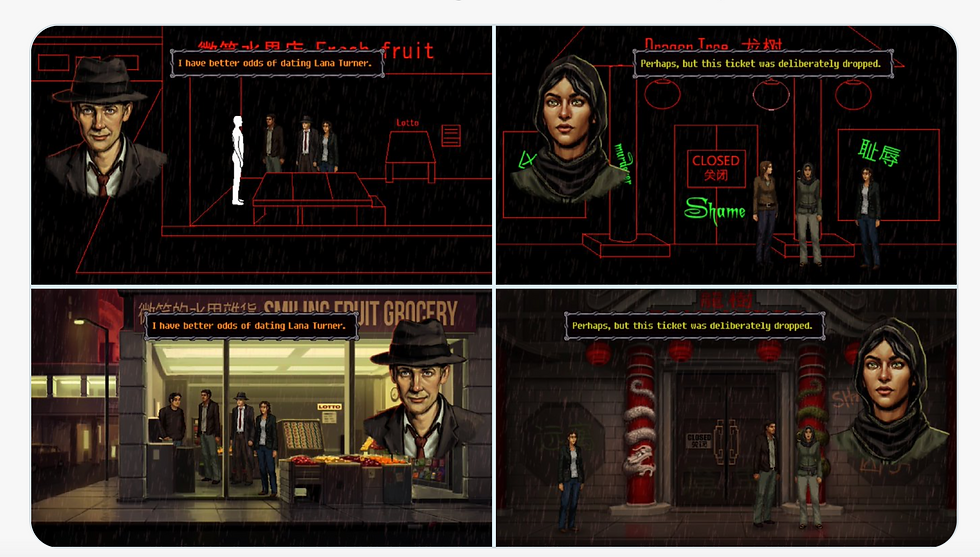Prototypes, placeholders and stand ins
- celineframpton
- Aug 10, 2021
- 2 min read
I often think about prototypes being placeholders and stand-ins either digitally or physically. Not to say these are of lesser value than "finished" objects or "products, but I'm interested in how placeholder and stand-in are considered in other area out side of the art sphere.
Within Placeholders and Stand-Ins Jeremy Dummler, a rail model enthusiast, discusses the idea of placeholders in reference to model building.
"Placeholders are a concept in computer programming or writing that are used to occupy a location that the creator intends to come back later with other data and replace once new data or information is available... In modeling, we often see placeholders used for models that aren’t available or the modeler hasn’t had time to scratch build the prototype for, but they needed to have something there. [Acting as a] substitute...They allow work to continue toward an overall goal, while in both cases the final version is essentially absent. Everything else can move forward while and the final version arrives later.
In a world as vast as North American railroading has been, with the variety of designs for locomotives, we often see stand-ins being used to hold the place of a final model that will eventually be built, or sometimes the placeholder becomes close enough and is never replaced. The stand-in then still represents the model, but efforts are put forth toward other things until such a time as the modeler might desire to go back and replace that stand-in. This isn’t the same, in my mind, as “close enough”, but is related. The “close enough” model is a stand-in intended to be temporary. Many close enough models simply remain in service and aren’t replaced." [1]
Dave Gilbert, an American games designer, has worked on Blackwell, Gemini Rue, Technobabylon, Unavowed, Strangeland, who focuses on creates story driven, point and click adventure games. [2] Gilberts twitter is filled with examples of placeholders. Specifically, using placeholders to map-out or roughly outline the configuration or setting of a scene within a game.
All images from Dave Gilbert's Twitter account: https://twitter.com/wadjeteyegames?lang=en


Two examples of placeholders versus finished with assists and dialog boxes added

Some placeholders are more crude than others....


What I find quite interesting about the use of place holders is that it minimises the presence of the seduction of imagery commonly attributed to games. Instead we see a wireframe-esk outline which capture the essence of the proposed scene devoid of specific details. In some example text is used more simply and as a place holder - rather than in bubbles and specific fonts. These placeholders act as prepatory or as plan - alike an initial sketches or storyboards to later be filled with greater (digital) assets and dialog.
[1] Jeremy Dummler, Placeholders and Stand-ins, http://trainmodeler.com › placeholders-and-stand-ins, 2019, accessed August 8th
[2] Dave Gilbert, (Wadjet Eye Games) "Learning from my mistakes" (2012, )https://www.youtube.com/watch?v=d0CE_UGYx4g&t=1702s, accessed August 8th





Comments